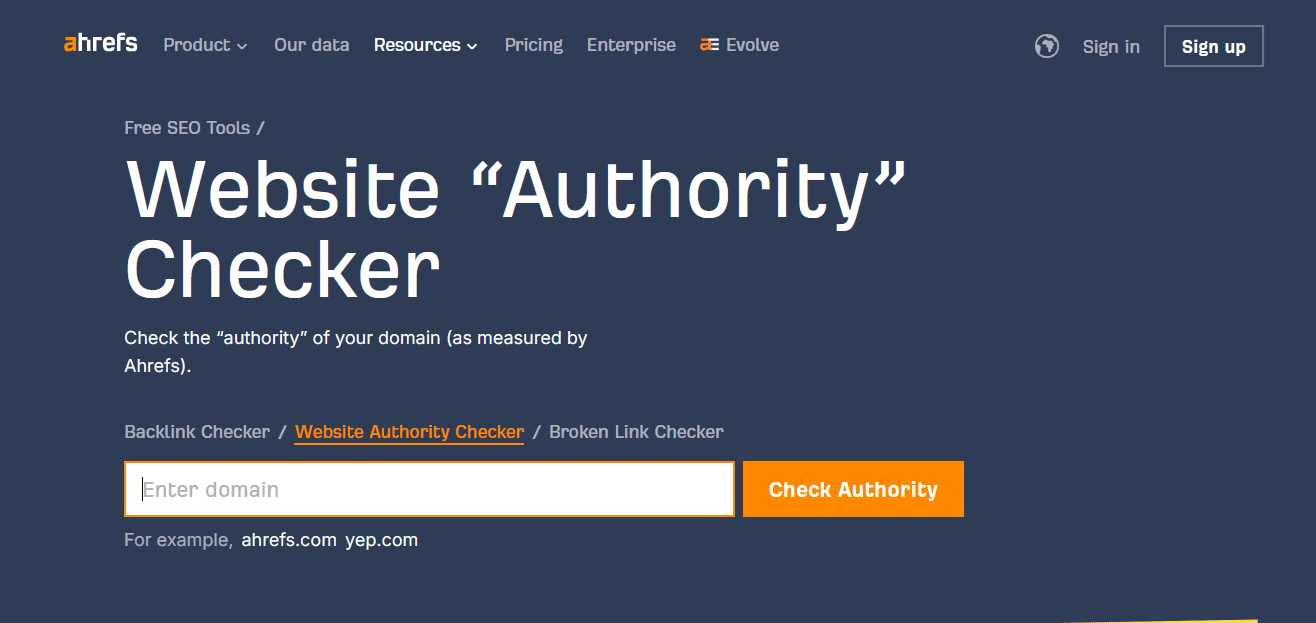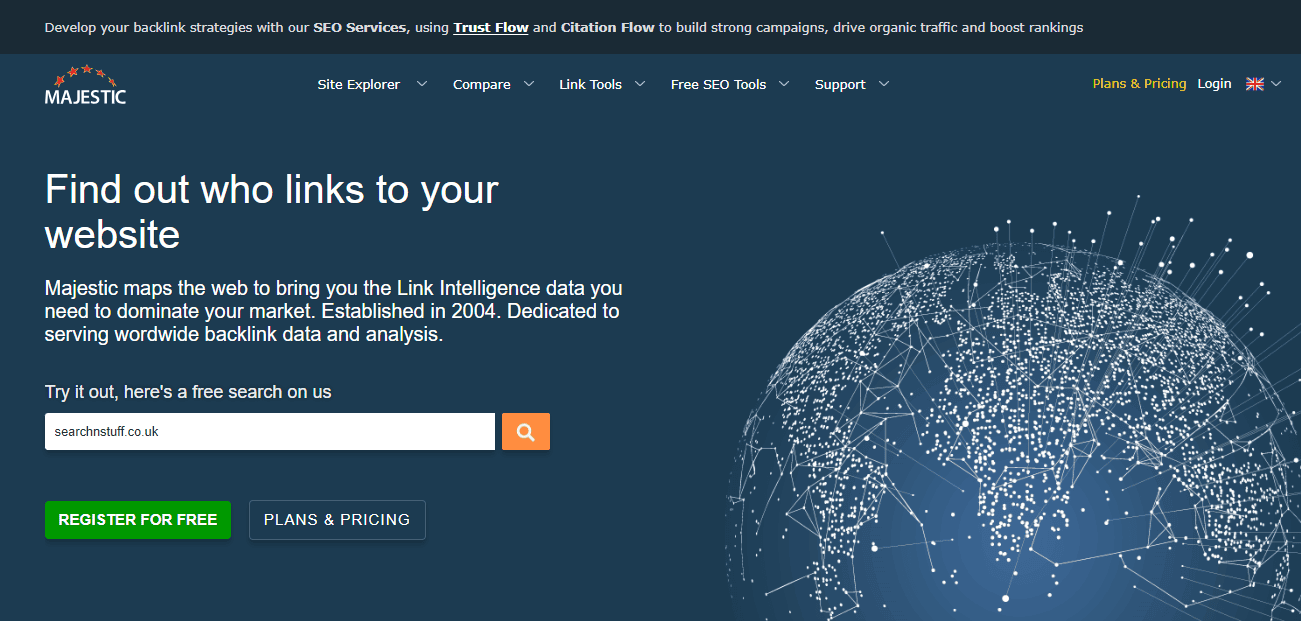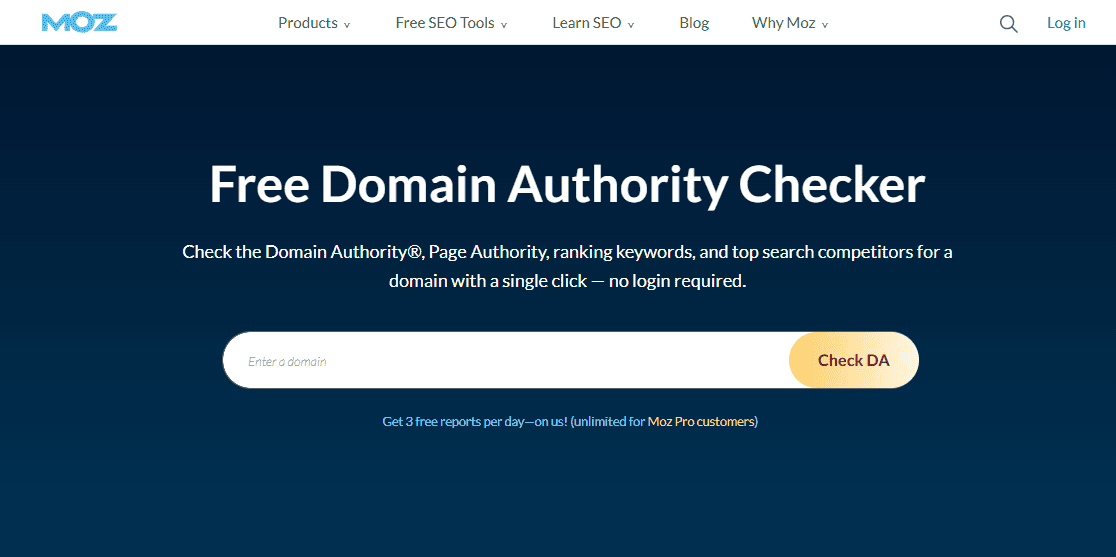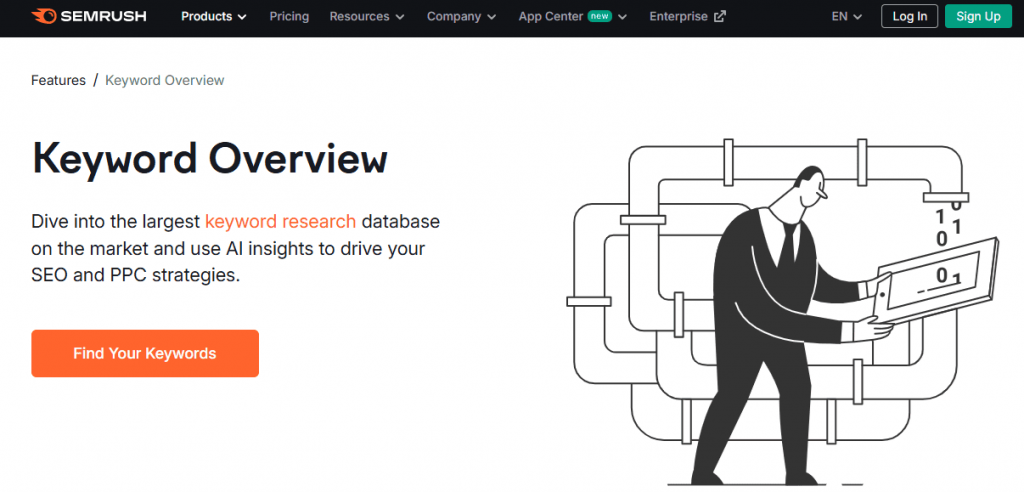A Simple Checklist For Buying Expired Domain for SEO
You want to buy an expired domain because of its strong backlink history. This is a popular tactic, often used for Private Blog Networks (PBNs) or quick authority boosts. While the potential rewards are great, the risk of buying a spam domain is huge.
Since Google stopped using public PageRank years ago, you need a new, simple way to check a domain’s real value.
This article is going to try and answer the following questions:
- How do I truly know if a domain is good quality?
- How do I spot a scam or a domain that will get penalized?
- What are the most important metrics I should check today?
- Will the good links disappear right after I buy the domain?
[For those who prefer video, check out our latest video below on which metrics to look at when buying expired domain names]
Important Warning About PBNs
Before you continue, you must know this: using an expired domain as part of a Private Blog Network (PBN) goes against Google’s rules. This is a risky SEO method, and Google constantly looks for and shuts down PBNs with manual penalties.
Quick Tip: If you plan to use the domain for a new, real website or just for a permanent redirect, the penalty risk is lower, but you must still check the domain’s history carefully.
The Core SEO Metrics: The New Way to Measure Domain Power
You can’t trust just one score. The original PageRank (PR) is gone forever. Now, you must check three main third-party scores. Each tool measures the domain’s power differently.
1. Ahrefs: Domain Rating (DR) and Referring Domains

You might already know that Ahrefs is the most used tool today for checking links.
Domain Rating (DR): A score from 0 to 100. It shows the overall strength of a domain’s link profile compared to all other sites online. DR goes up in steps, so moving from 30 to 40 is much harder than 10 to 20.
- Goal: Look for a DR of 15 or higher.
- Check This Too: Always check the number of Referring Domains (RDs). This is the count of unique websites linking to the domain. High DR from very few RDs can be a sign of low-quality or fake links.
2. Majestic: Trust Flow (TF) and Citation Flow (CF)

Many experienced domain buyers rely heavily on Majestic because its scores are more difficult to manipulate than those of other services.
Trust Flow (TF): A score from 0 to 100 that measures the quality and safety of the links. It checks how close the domain is to a list of reliable, trusted websites. This is your key quality check.
Citation Flow (CF): A score from 0 to 100 that measures the quantity (how many) of links pointing to the domain.
- Goal: You want the TF to be close to or higher than the CF. For example, TF 30 / CF 35 is good. TF 10 / CF 60 is a major warning sign of lots of bad, spammy links.
- Expert Tip: Keep an eye out for domains with links from .EDU (educational) and .GOV (government) domains. Google loves these links.
3. Moz: Domain Authority (DA) and Page Authority (PA)

Moz’s scores are still widely used across the SEO industry to guess how well a site will rank.
Domain Authority (DA): A score from 0 to 100 that tries to predict the website’s ranking power.
Page Authority (PA): The ranking power of the specific homepage you are looking at.
- Goal: Most good domains start at DA 25 to 30 or higher. Use DA mainly to compare one domain against a competitor.
4. SEMrush: Traffic and Keyword Data

You need to know about the domain’s activity and value to prove that it had real traffic. SEMrush gives you just that data.
Keywords: The total number of keywords the domain ranks for.
Monthly Organic Traffic: The estimated amount of traffic the domain gets each month from Google. This proves the domain was active.
Cost of Traffic (Traffic Value): The estimated cost if you had to pay for the same traffic using PPC ads. This helps you figure out the domain’s financial value.
5. Other Tools to Verify Quality and History
These tools provide secondary data points that can help you confirm the domain’s past life and overall reach.
- SimilarWeb: Use this tool for a quick check on estimated traffic trends and where the audience is located (e.g., if you are targeting U.S. traffic).
- Social Stats: Check the domain’s activity on social media platforms like Facebook and LinkedIn. If the domain was shared a lot, it shows the website was recently active and possibly popular before it expired. This is a good secondary sign of past life.
Deeper Vetting and History Checks
Metrics alone are not enough. The next steps are about checking the domain’s past to make sure it is clean and safe from Google penalties.
1. Check for Past Life and Niche Relevance
Search engines give extra credit to domains that stay on the same topic. The domain’s history should match the type of website you want to build.
Domain Age: Older domains are generally more trusted, but only if they have a clean history.
WayBack Machine Check: Go to the [Internet Archive: WayBack Machine] and enter the domain. This is essential to:
- Check the topic: Was the site about computers, or was it a spam site for betting or adult content?
- Spot big changes: Did a real business site suddenly turn into a spam blog? This is a major warning.
Expert Tip: If you buy the domain to link to your main site, the expired domain must be from the same or a very similar industry.
2. Check for Google Penalties (The De-indexing Test)
A domain with a great score is useless if Google has already shut it down. This is the fastest way to check for a penalty.
Indexing Check: Open Google and search: site:yourdomainname.com
If the result shows zero pages indexed, the domain is likely de-indexed. This could be from a manual penalty (spamming) or an automatic one. Do not buy a domain with zero indexed pages.
Warning: If a domain is de-indexed, it is extremely difficult and time-consuming to fix it. It’s safest to avoid it entirely.
3. Organic Traffic Validation
A domain with real power should still show some signs of life.
Use Tools (SEMrush/Ahrefs) to Check:
- Keywords: Does the domain still rank for any keywords, even small ones?
- Estimated Monthly Traffic: Even a tiny bit of traffic (like 50-100 visits per month) shows that Google still sees the domain as a real website.
- Traffic Value: The estimated cost of buying this traffic (PPC cost) can help show the domain’s real value.
Expert Tip: A domain with zero traffic and zero keywords, even if the link metrics look high, is a huge risk. The authority may have already been removed by Google.
The Manual Backlink Audit (The Final Test)
This is the most important step, but also the one that takes the most time. You must manually check the links that are sending the most power to the domain. This is the only way to prove a domain’s real value.
Use a tool (Ahrefs or Majestic) to find the top 10 to 20 links and manually check the following:
1. Link Existence and Status
The first check is about whether the link is real and actually passes power.
- Does the Link Really Exist? You must visit the linking webpage. If the link is gone or you cannot find it on the page, the domain’s score is inflated, and the link is worthless.
- Follow vs. Nofollow: You need to check the HTML code of the link. Only “follow” links (links without the rel=”nofollow” attribute) pass power or “juice.” While nofollow links are fine to have, they do not count toward the domain’s authority metrics.
2. Link Quality and Context
The second check focuses on where the link is placed and whether it looks natural.
- Contextual Link: The best links are inside the main content of an article. If the link is placed in a footer, a sidebar, or a list of many other links, it’s less valuable and more likely to be removed. Links inside the main content are the most likely to stay and are the most valuable.
- Linking Page Quality (OBL): Check how many Outbound Links (OBL) the linking page has. A page with too many OBLs (more than 50 or 100) often signals a “link farm.” When there are too many OBLs, the authority passed to your domain will be tiny.
- Website Category: The link should be topically relevant. If your expired domain was about “travel,” but a top link comes from a “plumbing supplies” blog, that link is not valuable. Keep the link topics relevant to the domain’s past niche.
- Anchor Text Profile: Check the text used for the link. Avoid domains where most of the links (e.g., 80%) use the exact same “money keyword” as the anchor text. This pattern is a very clear sign of spam that will almost certainly lead to a Google penalty.
Expert Tip: This manual step should be the last thing you do. Only spend time on this for the domains that have already passed all the other automated metric checks.
Conclusion
Evaluating and buying expired domains for SEO is not a quick check. It is a multi-step process of elimination. You must look beyond simple numbers like Domain Authority (DA) or Trust Flow (TF) alone.
By using the core metrics to filter the list quickly, and then spending the time on the crucial manual checks (WayBack Machine, penalty test, and anchor text audit), you can avoid scams.
This careful vetting process ensures that you are buying a domain with real, valuable, and lasting link equity, rather than a penalized risk.
Buying Expired Domains For SEO FAQs
Can I buy a domain that has expired?
Yes, you can. After a domain’s registration ends, it goes through a “grace period” and then an “redemption period.” If the original owner does not renew it, the domain eventually drops and becomes available for anyone to register again.
You can buy these domains directly from domain registrars or through specialized auctions and marketplaces. Check out Domcop to get all the important information about expired domains.
Are there risks with buying expired domains?
Yes, there are major risks. The biggest risk is buying a domain that has been penalized by Google. This usually happens if the previous owner used spammy, black-hat SEO tactics, like creating a massive, low-quality Private Blog Network (PBN).
If you buy a penalized domain, its SEO value is zero, and you will have to spend a lot of time and effort trying to get the penalty removed (or it may be impossible). This is why a full history check is essential.
When can you purchase an expired domain?
You can purchase an expired domain at three main stages:
- Auction/Backorder: Once the grace period ends, the domain often goes to an auction held by the registrar (like GoDaddy) or a backorder service. This is usually the first chance to buy it.
- Drop-Catching: If it is not bought in an auction, the domain officially “drops” and becomes available to the public. Services called “drop catchers” try to register the domain the instant it becomes available.
- Direct Registration: If no one buys it through an auction or drop-catcher, it becomes available for anyone to register at the standard price through any registrar.
How much does it cost to buy an expired domain?
The cost can vary dramatically:
- Standard Price (No Value): If the domain has no SEO value, you might register it for the standard new domain price (usually around $10−$20).
- Auctions/High Value: A domain with a strong backlink profile (high Ahrefs DR, Majestic TF, and good history) can easily sell for hundreds or even thousands of dollars in an auction. The price depends entirely on the quality of its links and its age.
 DomCop
DomCop